Our Esperança match wasn’t looking in our favor. Halfway through the game, and the Push bot was deeply entrenched in our team’s territory. I switched from Kiriko to Moira to boost my teammates’ heals and help our DPS pick off Symmetra and Junkrat, and the tide started to turn. One teamfight after another moved in our favor as Symm, Ana, and Mercy fell to my right-clicks.
Suddenly, we went from a 70-meter gap to our team in the lead with the bot approaching spawn. “Don’t push the bot!” I told my teammates as overtime loomed. Miraculously, we held the line, and an otherwise hopeless match resulted in a hard-fought, and more than sweaty, win. My three-stack and I proceeded to queue up for a few more games, each just as intense as the last. I could feel the adrenaline rush through me. I hadn’t played Overwatch 2 competitive in a couple months, and I was starting to remember why I loved playing it so much.
But something is still missing in season two. Sure, Overwatch 2 competitive play is still an intense, high-stakes experience, where each match counts for climbing the ranks. But that drive to get better at the game, secure my seven wins, and be the best support I possibly can be is simply gone. I’ve been trying to understand why over the past few weeks, and why Blizzard just can’t keep me coming back for more.
All grind, no more climb
I was practically addicted to Overwatch 2 when season one first dropped. Throughout October and November I ground out comp matches near daily, ending up with a whopping 316 games played, mostly as support.
When season two rolled around, that number dropped dramatically. I played around two dozen competitive games in total, where I was quickly overwhelmed by mismatched teammates, toxic allies, and the steamiest of steamrolls. Sure, I still completed the battle pass through quick play, and I spent some time casually practicing Kiriko, Ana, D.Va, and Tracer. But my hours during season one were ludicrous. I went from bypassing the Cyberdemon prestige title in the battle pass to spending most of my time playing VALORANT instead.
It’s a bit unfair to compare Overwatch and VALORANT. VALORANT is a Counter-Strike-like tactical shooter with hero elements, whereas Overwatch sports fast-paced, arena-style combat. It’s the FPS equivalent of League of Legends and Team Fortress 2 merged together. The games are polar opposites.

However, there’s one area where VALORANT succeeds while Overwatch has tried and failed. Riot understands VALORANT’s skill curve is frustrating but rewarding, and the game’s unrated and competitive modes find ways to celebrate individual player performance. VALORANT competitive shows players their rank rating change between competitive matches, and RR is (slightly, but noticeably) impacted by expected player performance versus demonstrated skill, according to VAL’s senior competitive designer EvrMoar.
In short, if you’re improving at the game faster than VALORANT expects, the game will pat you on the back with additional RR. And, of course, VAL explicitly rewards you with RR after every single win, just like Overwatch 1’s SR system.
RR isn’t the only way VALORANT makes its players feel like their in-game performance truly matters. The post-game MVP system ranks players based on their overall team performance. The game’s scoreboard lets players sort each other based on KDA, econ deployment, and Spike plants/defuses. Tracker.gg even lets players compare and contrast headshot percentages, duels against opponents, and overall round impact via kills, assists, surviving a round, and trades.
VALORANT, in other words, hooks its teeth into players through more than just gameplay. The game directly compares players to each other, and Riot’s UX is built around encouraging teammates and opponents alike to outmatch one another.
Blizzard has taken steps in the opposite direction. In a Developer Update from game director Aaron Keller this week, Keller explained that players’ post-match MMR adjustment “is not impacted by your performance in each match (regardless of your skill tier).” MMR is entirely win-based, as Blizzard’s greatest fear is that overemphasis on performance will distract from pushing the payload.
“We don’t want players to be focused on doing things other than trying to focus on the objectives and win the match,” Keller wrote. “Dealing the most damage or getting kills won’t help your team if your actions don’t help them push the payload or capture a control point. Also, for some heroes, especially those in the Support role, it can be challenging to determine if the numbers they produce reflect their skill.”
I appreciate Overwatch’s steps to essentially combat performance anxiety. But Overwatch is a competitive first-person shooter.
This shouldn’t come as a surprise. Overwatch has largely avoided features that compare players too heavily to each other. Prior to Overwatch 2, the game did not show players each others’ in-game stats, instead relying on a private medal system that let players vaguely gauge their performance compared to teammates and opponents. Overwatch does not feature a robust post-match comparison system either, instead letting players compare and contrast their match performance to their overall average on a given hero. The only way players can consistently compare their in-game performance to other players is via Overbuff data.
Sure, the iconic Play of the Game segment remains an Overwatch staple, but POTG chooses from a wide assortment of potential plays based on kills, ultimate shutdowns, and impressive sniping skills. This results in a relatively inconsistent MVP process, where some POTGs show a player at the peak of their performance, and others embarrass a DPS or tank by showing their D.Va bomb or Genji multikill with sloppy execution. Little has changed in this regard in seven years.
I appreciate Overwatch’s steps to essentially combat performance anxiety. But Overwatch is a competitive first-person shooter. The goal of the game, especially in its competitive game mode, is to rank your performance against other players and train to advance above them. Besides a long-winded rank update system that may or may not result in endless steamrolls, how does Overwatch provide any decent data on player improvement? How do you optimally master a hero?
Take a look at Overwatch 2’s post-match scoreboard. Players can compare data on eliminations, heals, and incoming damage mitigated if they choose to press tab. But Overwatch 1’s voting cards are still missing from the game:
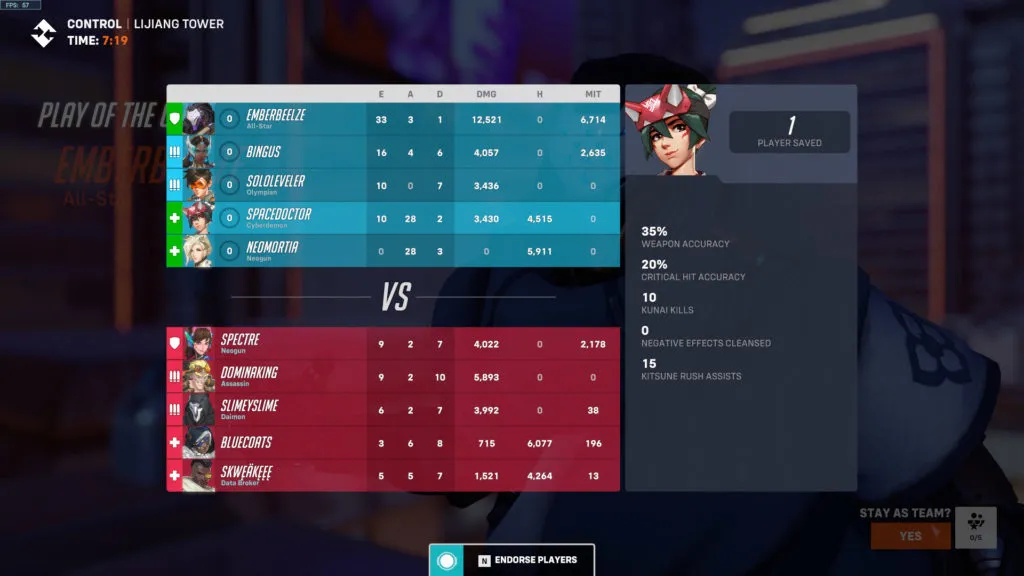
In comparison, VALORANT makes it super clear who’s securing their team’s win:

Riot has simply built far more infrastructure to show player impact and performance. And because the game relies on average combat score for its MVP system, you don’t have to be a Duelist to land a high spot on the scoreboard, either.
That’s not to argue that VALORANT is a superior game to Overwatch. However, VALORANT has figured out how to maintain player investment through granular improvement, whereas Overwatch relies on a frustrating and subpar competitive rank climb to provide the same. The battle pass is too superficial, competitive matches are too inconsistent and too prone to steamrolls, and the ladder grind in its current state is opaque and unclear. No wonder why Overwatch fans feel disillusioned with the game in its current state—the competitive mode is simply not competitive enough.
Could Blizzard fix competitive with season three?
Overwatch is still super fun. It’s just lacking the TLC and UX to keep players coming back for that competitive climb. Blizzard’s new steps to fix competitive may be a step in the right direction.
Keller announced that season three will drop competitive rank updates down to five wins and 15 losses, which means players will have to play far, far less games to see where their rank rests. The impact here is huge. Waiting for seven wins for an update created annoying marathon sessions, where players would either play at suboptimal focus just to squeeze out one more match, or walk away from an incomplete climb session feeling frustrated. Life often gets in the way of securing those wins.
Bumping wins down from seven to five combats this problem and makes wins feel more rewarding—and losses less annoying. It also maintains Overwatch 2′s steps to combat rank anxiety by focusing on long-term player improvement over time, making sure individual games are less likely to tilt, even though they remain high stakes. It’s a good compromise.
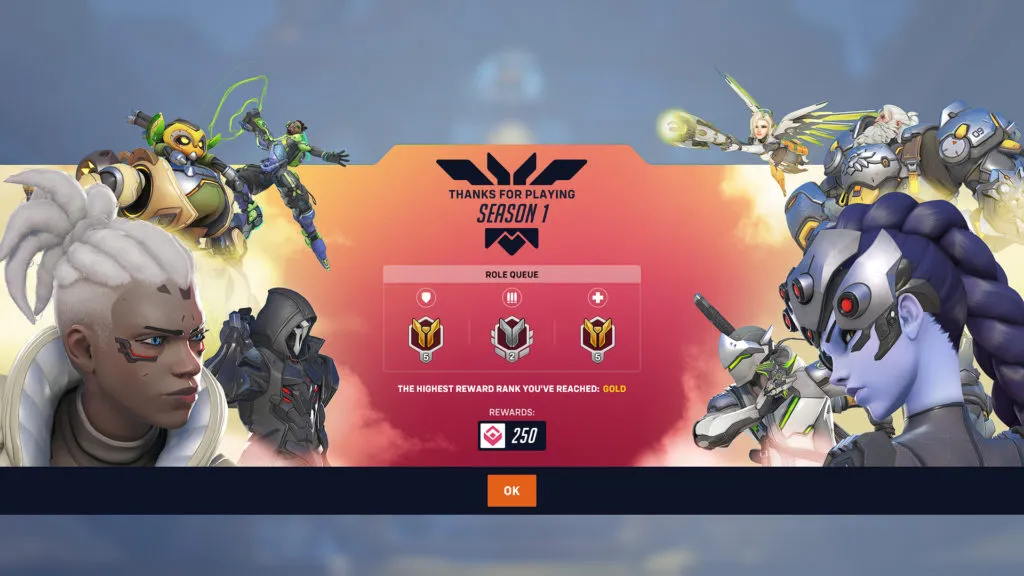
Keller explained that Overwatch 2 currently allows players with vastly different MMR to play with each other, and Blizzard plans to “match parties with similar MMR disparities together more frequently.” Pairs of players “with similar MMR on each role on either team” should be coming too. This should hopefully remove one of the most annoying problems in Overwatch 2’s one-sided games: Well-performing players that queue for their role, try their hardest, but just can’t keep up because of a dud teammate. This was a common problem for me with tanks, where, as a support, I would be trying my hardest to keep a tank alive, but my random teammate simply lacked the confidence or game sense to go up against a brutally superior opponent.
Blizzard’s changes beyond season three have my interest as well. More specifically, it’s the rank decay change that really caught my attention and really tapped into my concerns with player investment.
My interest in season two completely deflated after I realized I would have to climb back out of Silver just to return to my Gold support and tank status. I worked hard to get back to Gold. Season two made me feel like I was being unfairly punished for reaching an arbitrary date in time. Now, rank decay removal has been promised for season four, and that change may just convince me to stay focused on the Overwatch 2 grind for the long haul. It’s also a sign that the Overwatch team is thinking carefully about all the small things that keep players invested in competitive, like how players are obtaining and maintaining their ranks. Not just that a rank number exists and can be obtained.
All this and more is promising, because it shows Blizzard is ready to curate competitive mode for a far better and far more rewarding experience, as opposed to letting players flounder up and down the ranks in stomps and MMR mismatches. After enough frustrating experiences with both, and the aggravating experience of having to reclimb my rank, I’m willing to give Overwatch 2’s competitive a more serious shot in season three.
But I’m still nervous about Blizzard’s next steps beyond those few UI tweaks and behind-the-scenes improvements. VALORANT has its hooks in me not just because it’s fun, but because getting better at the game is fundamentally rewarding. There are MVP slots to be won, improved headshot percentages to be had, and bragging rights to be secured.
I’m not sure if Overwatch 2 will provide a similar thrill in its current state, not until Blizzard has figured out why someone should play the competitive mode beyond changing a numbered medal. There needs to be more at stake, far more than five wins for a rank update. And until Blizzard figures that out, Overwatch will continue to be enjoyable gameplay-wise, but underdelivering on its competitive nature.


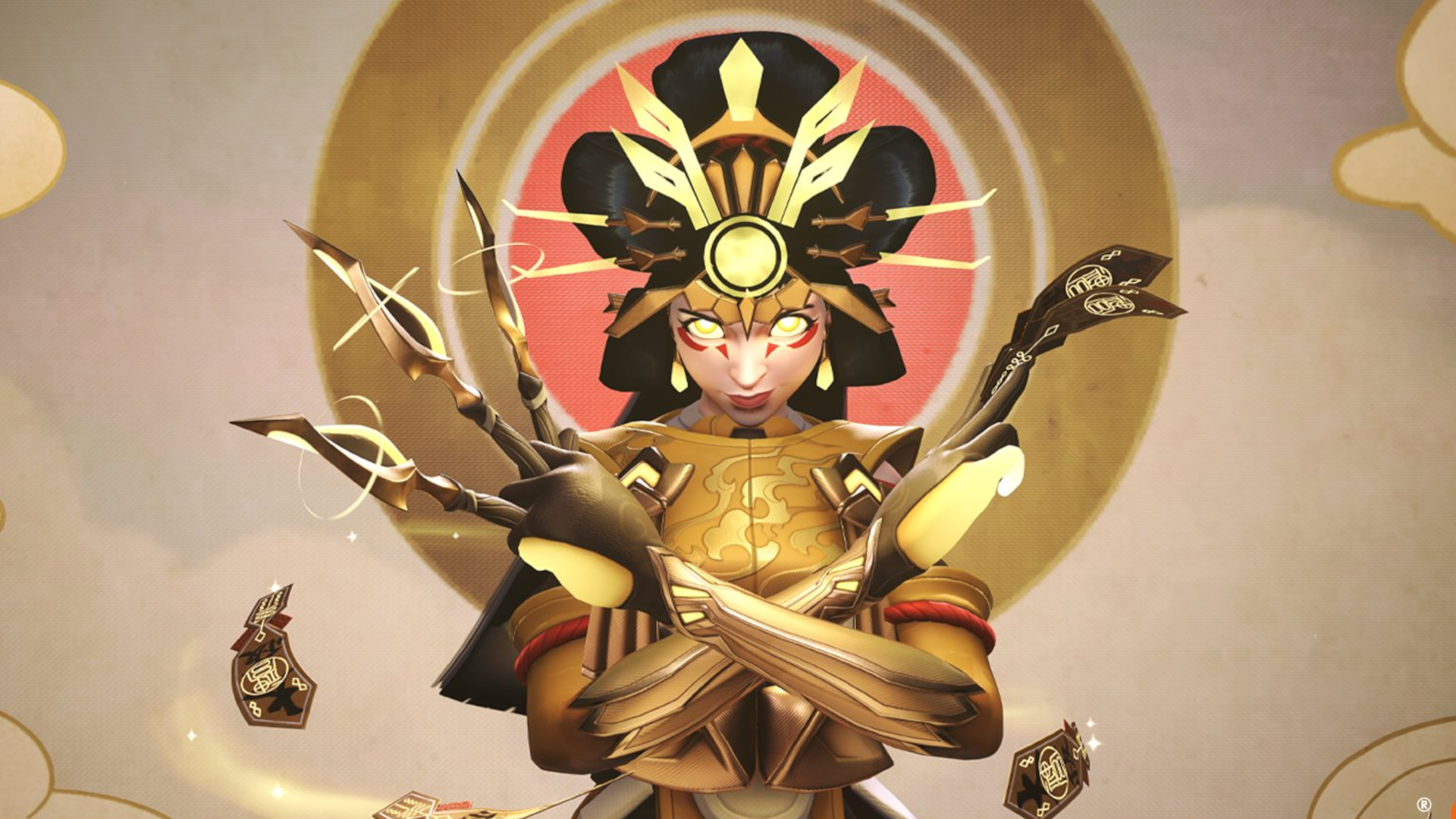
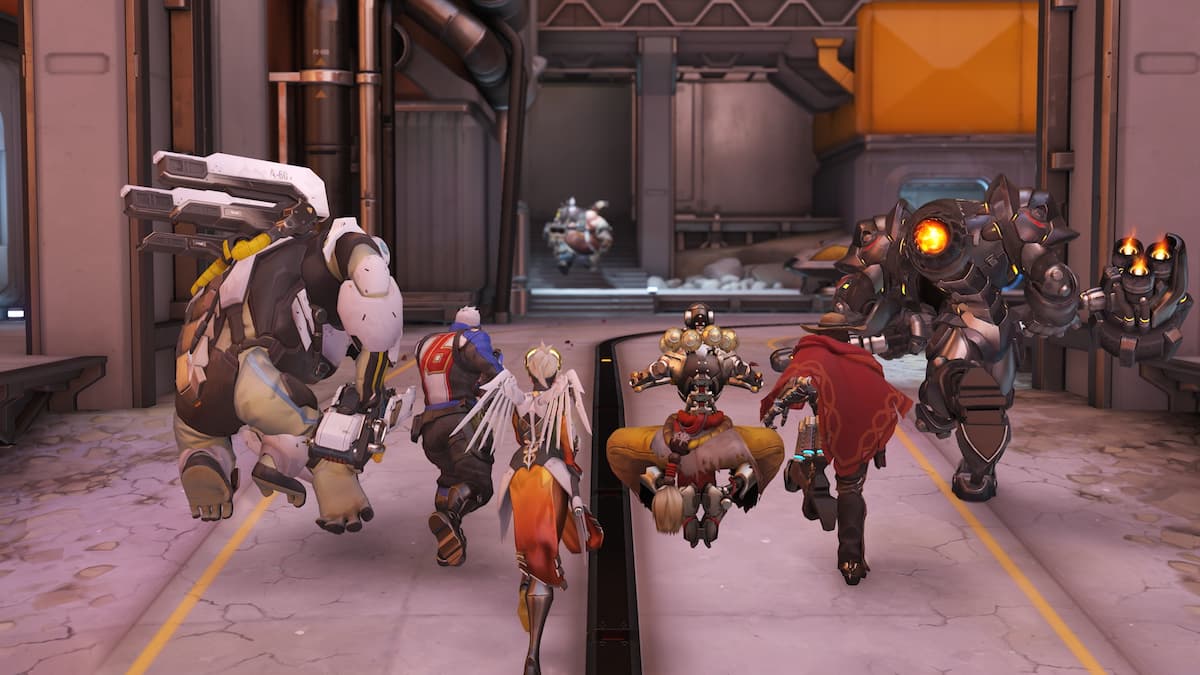

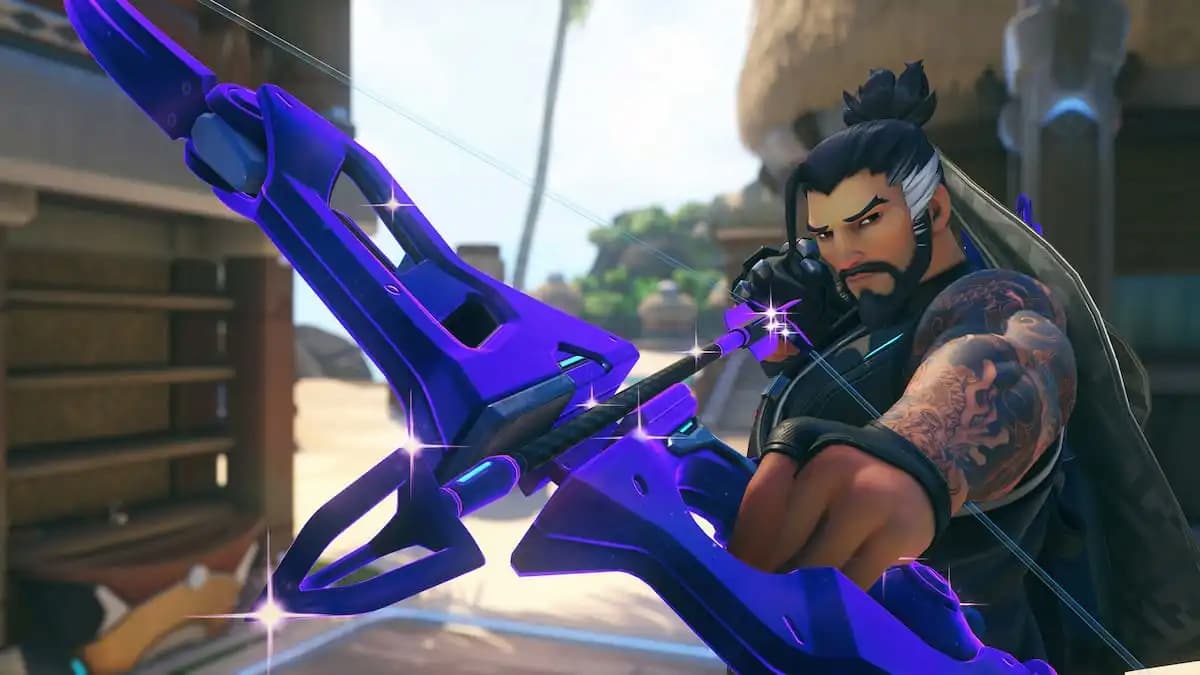
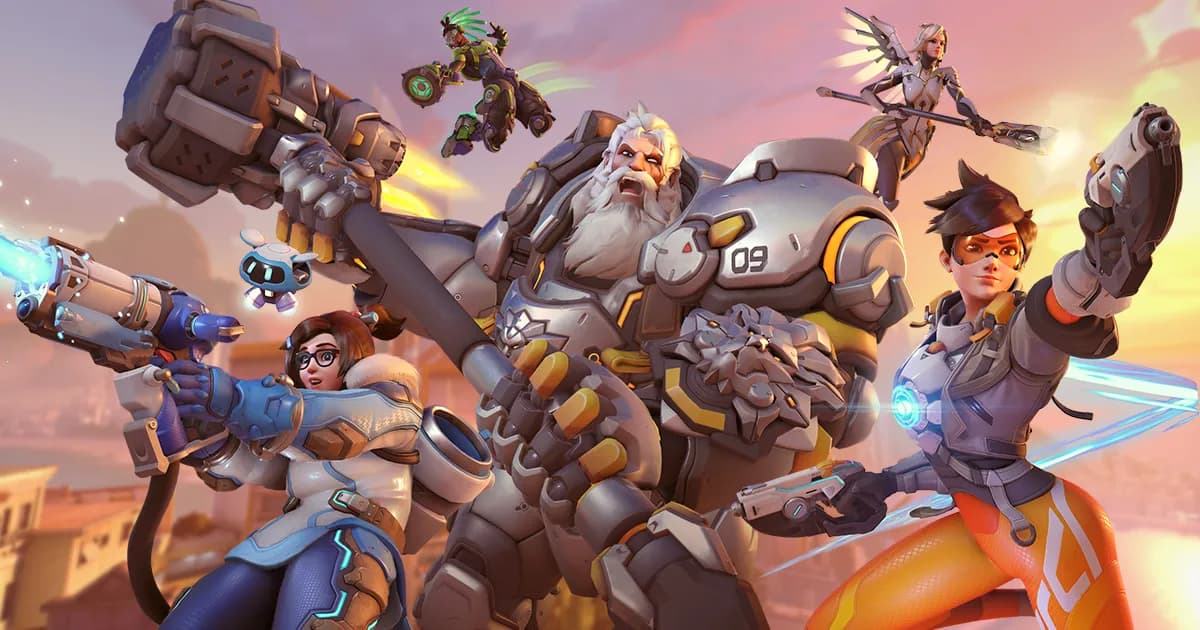
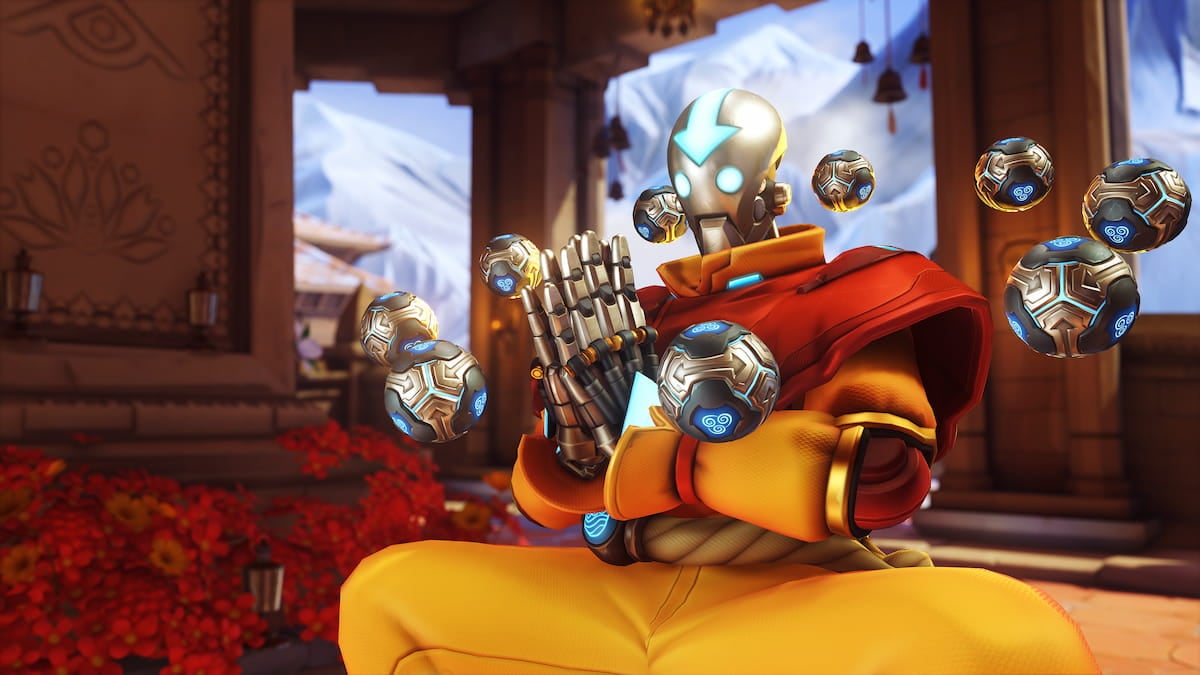
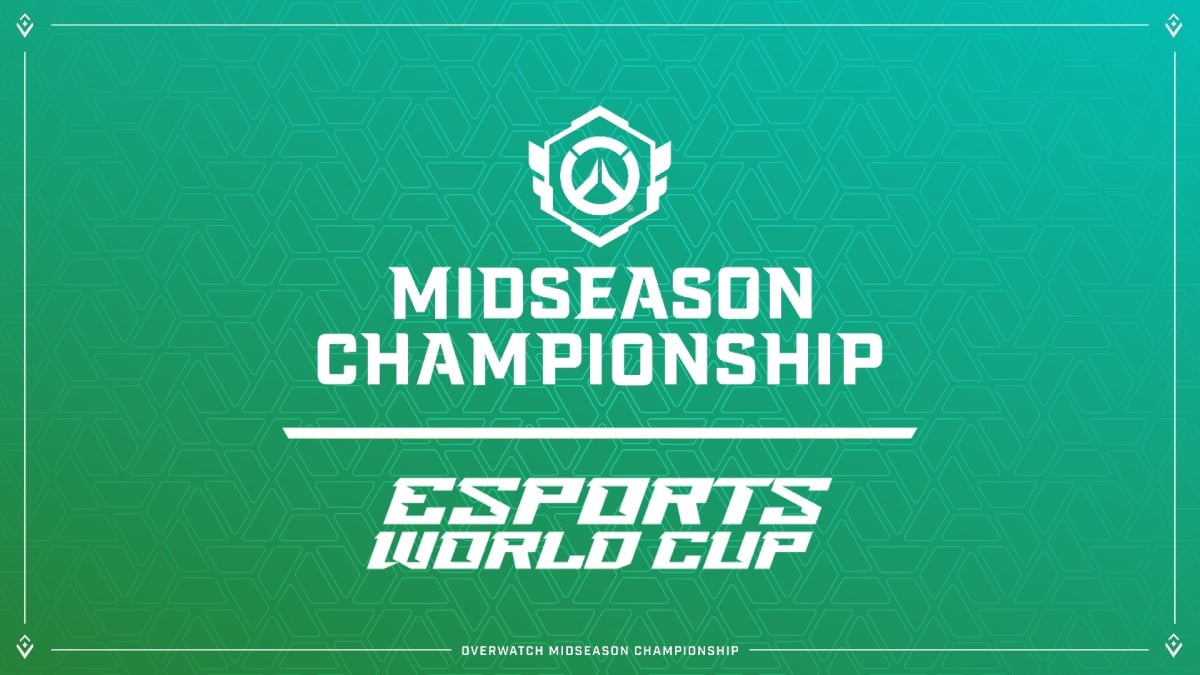
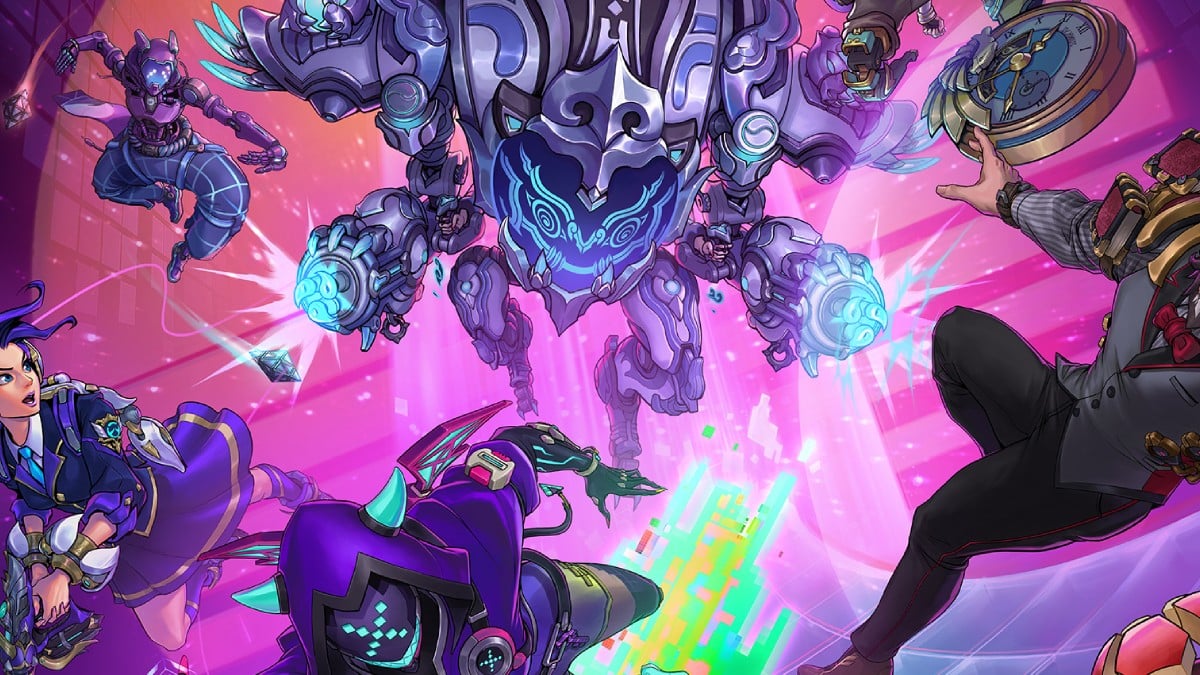
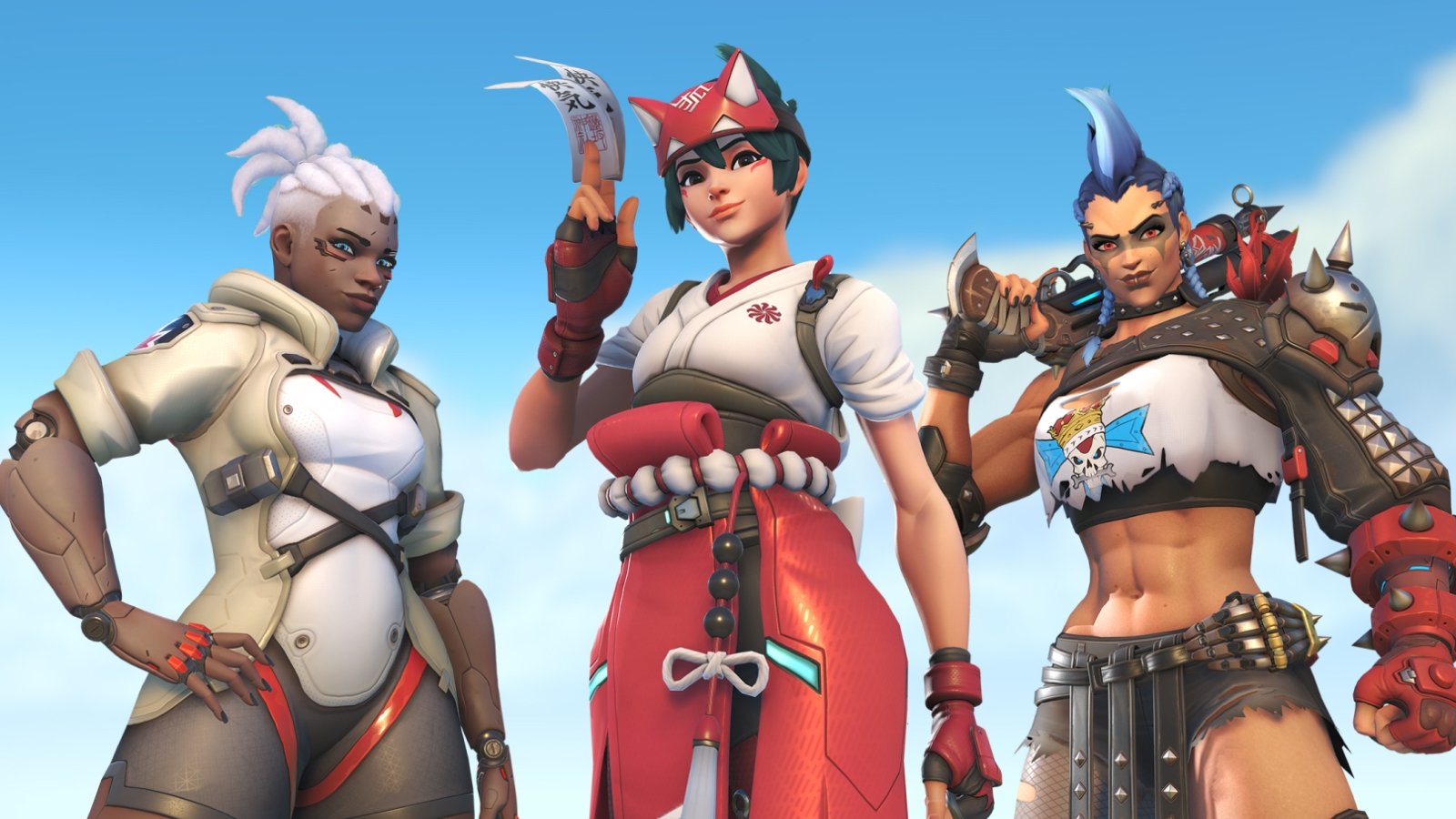
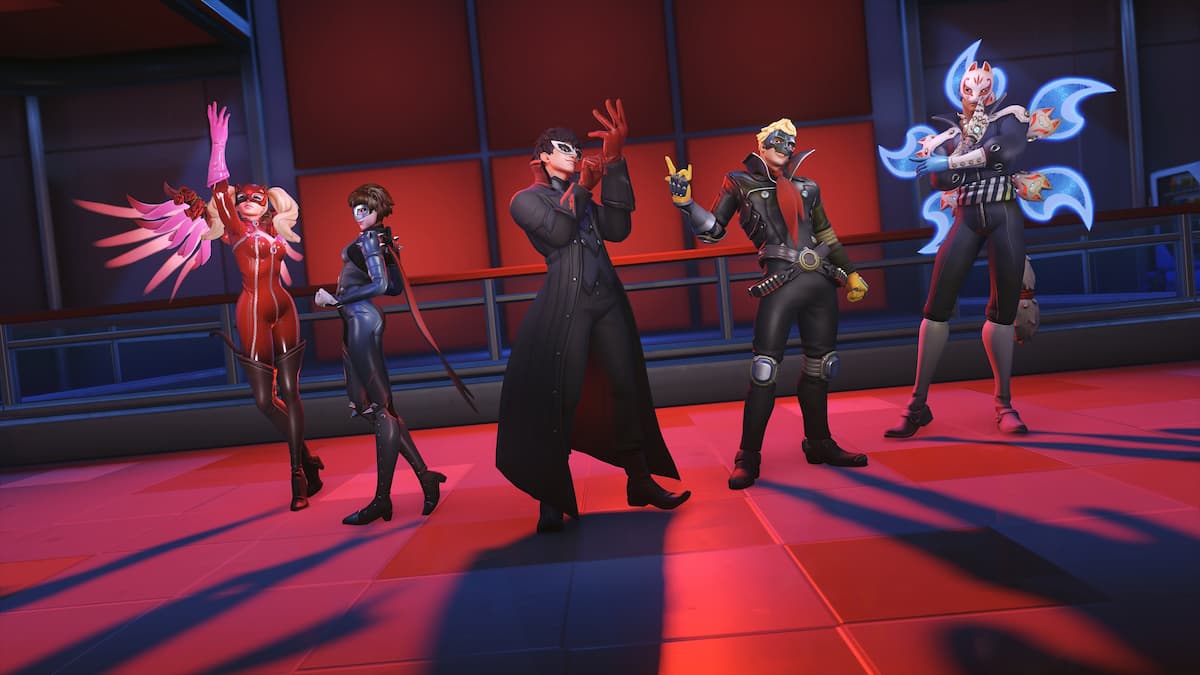

Published: Feb 2, 2023 04:11 pm